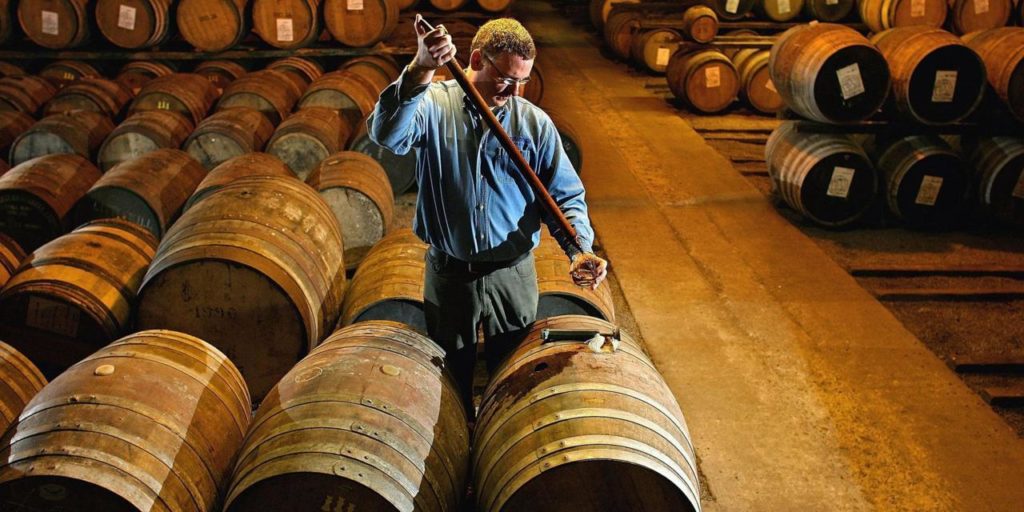Over the years, the art of purifying in Scotland has been perfected. A hard drink made only in Scotland, but appreciated all over the world. It is traditionally made from barley and clear water, pure both of which are in abundant supply in Scotland. It also needs a damp, cool, or moist environment in order to mature properly, again there’s plenty of moisture and cool weather in Scotland! Scotland is a country that historically has verified its courage and strength and fought fiercely for its independence.
From 23 November 2009, the SWR (Scotch Whisky Regulations 2009) define and control the production, packaging, labeling as well as advertising of Scotch whisky in the UK. They substituted previous laws that focused solely on production.
Early appears in tax evidence- The earliest documented record of refining in Scotland occurred as long ago as 1494, in the tax evidence of the day.
An entry lists ‘Eight bolls of malt to Friar John Cor wherewith to make aqua vitae. This was enough to produce almost 1,500 bottles, suggesting that refining was already well-established.
Certain components related to whisky:
- Liquid gold- The export of Scottish whisky promotes a healthy £125 a second for the Scottish government. Every second 38 bottles of whisky are exported from Scotland. Laid end-to-end, the 99 million matter of Scotch exported each year would run the gap between Edinburgh and New York – six times.
- Single malt, several casks- It’s a common misunderstanding that single malt whisky is the product of one cask. In fact, it is the product of a single refining and even may come from several casks therein.
- Whisky is galore!- Scotland is home to more than 20 million casks of maturing whisky. That’s nearly four for every person living there.
- Dram expensive- A crystal bottle of Macallan Imperiale ‘M’ whisky scooped the prestigious title of the world’s most costly whisky when it sold at auction in Hong Kong for $628, 205.
- The water of life- Whisky in Gaelic studies as ‘uisge breathe, means ‘water of life’.
- The angels’ share- Whisky stored in barrels gradually vaporizes at an approximate rate of 2% a year. This is described as the famous ‘angels’ share.
- Local heroes- The reason so many refining rely on the local workers, often generations of families. It is because it’s reckoned that such workforces manufacture crucially consistent styles.
- Three’s the magic number- Scottish whisky can only be called Scotch whisky when it has been left for a minimum of three years to age in the butt, in Scotland. Some butt holds whisky for considerably more time than this though.
Scotland is popular both for its single malt and its blended whiskies. A single malt Scottish whisky is a product of a single distillery made using a local source of malted barley and water, aged for at least 3 years in oak barrels, and at least 40% volume of alcohol strength. The great strength of Scottish Whisky single malts is that it often reflects perfectly its environment.

